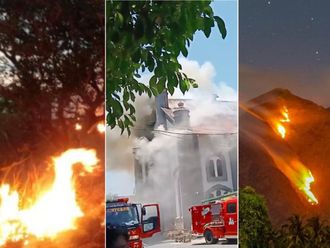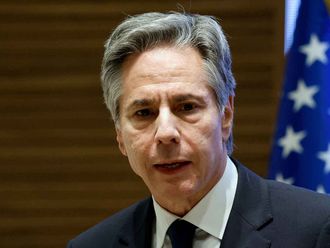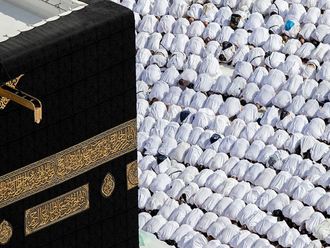Manila: Observers from at least four countries will keep tabs on the May 9 vote while serving as a deterrent to widespread cheating.
According to Arnold Tarrobago, national coordinator of the Compact for Peaceful and Democratic Elections (Compact) — International Observer Mission (IOM), 15 observers from the US, Germany, Sweden and Japan will be present during the elections.
The observers will be divided into four groups and will be deployed in four areas where elections-related violent incidents are likely to take place. Tarrobago identified these areas as the Autonomous Region in Muslim Mindanao, Dinagat Islands, Bohol and Santiago in Isabela.
These locations also have history of election-related incidents and have known presence of private armed groups that are maintained by political clans.
The mission in the Philippine will not be the first for Compact observers. It has deployed teams to the country in 2004.
Working alongside the foreign observers are local civil society groups. They will stay in their assigned areas from May 9 to 12 and are expected to come up with a report that would be submitted to the Philippines’ Commission on Elections.
Compact was formed in 2004 to address elections-related violence committed by state and non-state groups.
The group’s website said it does its duty by undertaking “numerous election-related programmes including voters’ education sessions, capability and machinery-building trainings, violence documentation, media campaigns and public events, as well as response and redress mechanisms implemented in partnership with local civil society organisations, media and faith-based groups.”
Closely watching
Meanwhile, the US is also closely watching political developments in the country. Reports reaching Manila quoted US State Department spokeswoman for East Asia, Katrina Adams, saying: “We look forward to working with the next Philippine administration to build upon our strong and enduring relationship, whatever the outcome of elections.”
The Philippines was an outpost of the US in the Far East in the 1900s and was a Commonwealth territory from 1035 until 1941. At the end of the Second World War, US forces returned to the Philippine.
In 1992, US forces withdrew from the country as the Cold War ebbed and after the Senate voted to terminate a basing agreement.
In 1999, the Philippine Senate voted to allow limited US forces presence in the country under the Visiting Forces Agreement.
This mutual pact was later on upgraded to the Enhanced Defence Cooperation Agreement with allowed “rotational” presence of US forces in the country including warships and combat aircraft.












